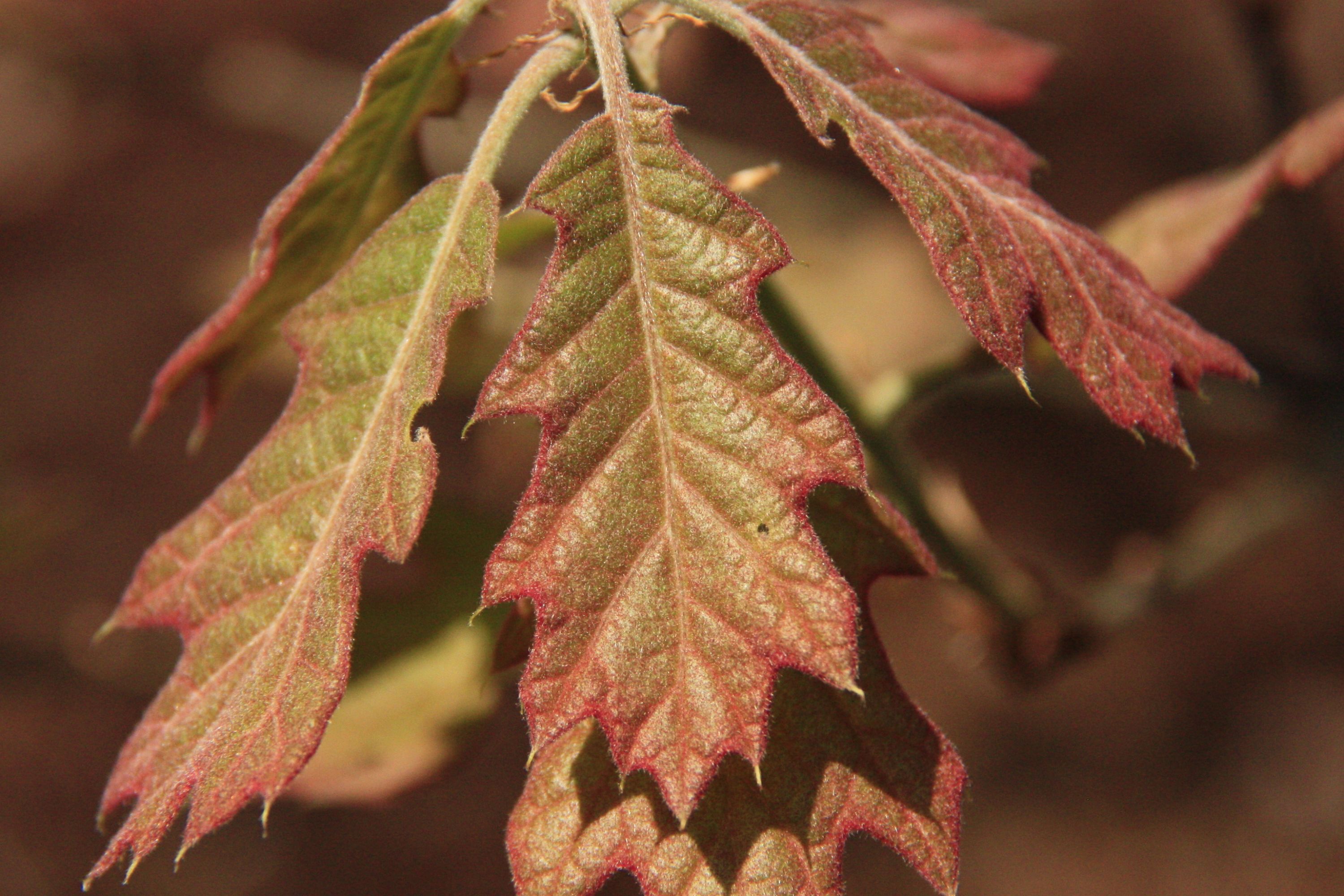Black oak
(Quercus velutina)

Description
“Pet poisonous” – Toxic parts: shoots, leaves Quercus velutina, the eastern black oak or more commonly known as simply black oak, is a species in the red oak (Quercus sect. Lobatae) group of oaks. It is widespread in eastern and central North America, found in all the coastal states from Maine to Texas, inland as far as Michigan, Ontario, Minnesota, Nebraska, Kansas, Oklahoma, and eastern Texas. Quercus velutina was previously known as yellow oak due to the yellow pigment in its inner bark, however nowadays this name is usually reserved for chinkapin oak. It is a close relative of the California black oak (Quercus kelloggii) found in western North America. In the northern part of its range, black oak is a relatively small tree, reaching a height of 20–25 m (66–82 ft) and a diameter of 90 cm (35 in), but it grows larger in the south and center of its range, where heights of up to 42 m (138 ft) are known. Black oak is well known to readily hybridize with other members of the red oak (Quercus sect. Lobatae) group of oaks being one parent in at least a dozen different named hybrids.
Taxonomic tree:







